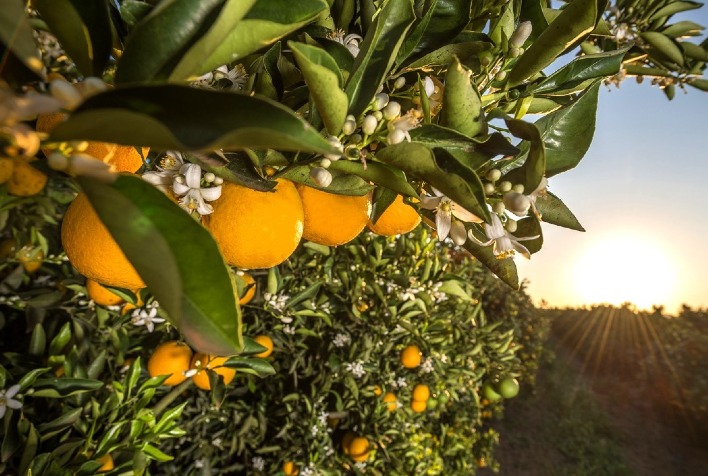Last week CitrusBR released a video that aims to show how São Paulo’s citriculture has a highly efficient production model that works in harmony with environmental conservation.
Called “How does the Brazilian orange juice contribute to the protection of the environment” , the video presents – in a simple and didactic way – an assortment of information based on data from entities such as Fundecittrus, IBGE, Cadastro Ambiental Rural, among others. It highlights how the orange production has progressed in recent years, increasing its production and reducing planted area.
One of the main objectives of the action is to strengthen the image of the orange juice production chain abroad, presenting the sector as innovative and sustainable, adopting a production model highly integrated with the protection of the environment. The support of Brazilian embassies allowed it to reach some of the main markets for orange juice abroad . Versions of the video are available in German, English, Mandarin and Italian (see below how to download the videos in each language).
Among the information presented in the video is that the sector has reduced the area dedicated to its production by 41 %, from 631,000 hectares in 1988 to 376,000 hectares in the current harvest. In the same period, productivity rose from 13.75 tons per hectare to an average of 42.64 tons of orange per hectare, an upsurge of 210%. Additionally, data from Fundecitrus – cross-checked with information from the Cadastro Ambiental Rural (CAR) and IBGE – show that in the harvest of 2019/2020 the properties dedicated to citrus crops had additional 181,750 hectares of native forest. Considering that the total area planted with citrus crops consists of 459,058 hectares, for every 2.52 hectares planted with citrus crops, 1 hectare of native forest area is protected.
The material employs graphics and animated images designed for a distribution format focused on social networks. The video follows the “stories” model, increasingly popular on platforms such as Instagram and Facebook, which allows for faster and more enjoyable reading on the mobile phone.
To access the videos in each language click on the links below:
ENGLISH: CLICK HERE
GERMAN: CLICK HERE
ITALIAN:CLICK HERE
PORTUGUESE: CLICK HERE


